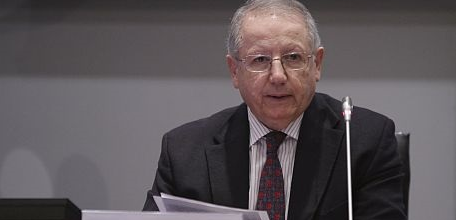Renewable energy sources, which have made their presence felt in the current decade as a result of technological advancements, are expected, along with large-scale hydropower facilties, to represent the main source of energy in the world before 2050, reducing the role of fossil fuels, especially coal, and to a certain degree, fuel, Yiannis Hatzivasiliadis, President of IENE, the Institute of Energy for Southeast Europe, notes in an article appearing in Greek Energy 2017, an annual energypress industry publication.
Besides their zero-level CO2 emissions, renewable energy sources offer energy supply security and competitive costs as a result of new technologies being introduced, the IENE chief notes in the Greek Energy 2017 article.
The increasing penetration of renewable energy sources is transforming the energy sector, including electricity networks, he notes.
The IENE president states that major RES penetration, even as much as one-hundred percent, does not represent a utopian thought, pointing out that certain countries have already made such achievements. He mentions Iceland, whose hydropower and geothermal production have led to 100 percent RES penetration, Norway’s 97 percent, courtesy of its hydropower generation, Georgia’s 85 percent, also through hydropower generation, Brazil (76%) and Austria (70%) as notable examples. Certain countries not endowed with rich hydropower and geothermal potential are in a position to utilize their high solar and wind potential, Hatzivasiliadis writes, framing Greece.
Greece’s many islands and heightened RES potential represent the biggest challenges and opportunties for renewable energy penetration into the country’s energy mix during the 21st century, the IENE heads points out.





